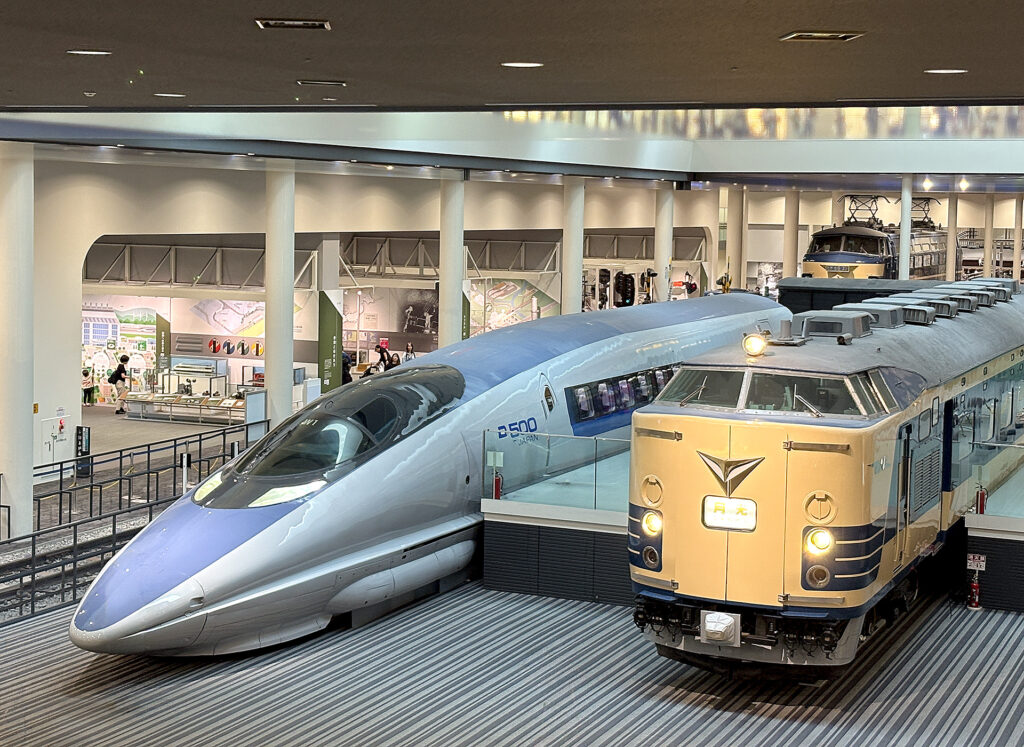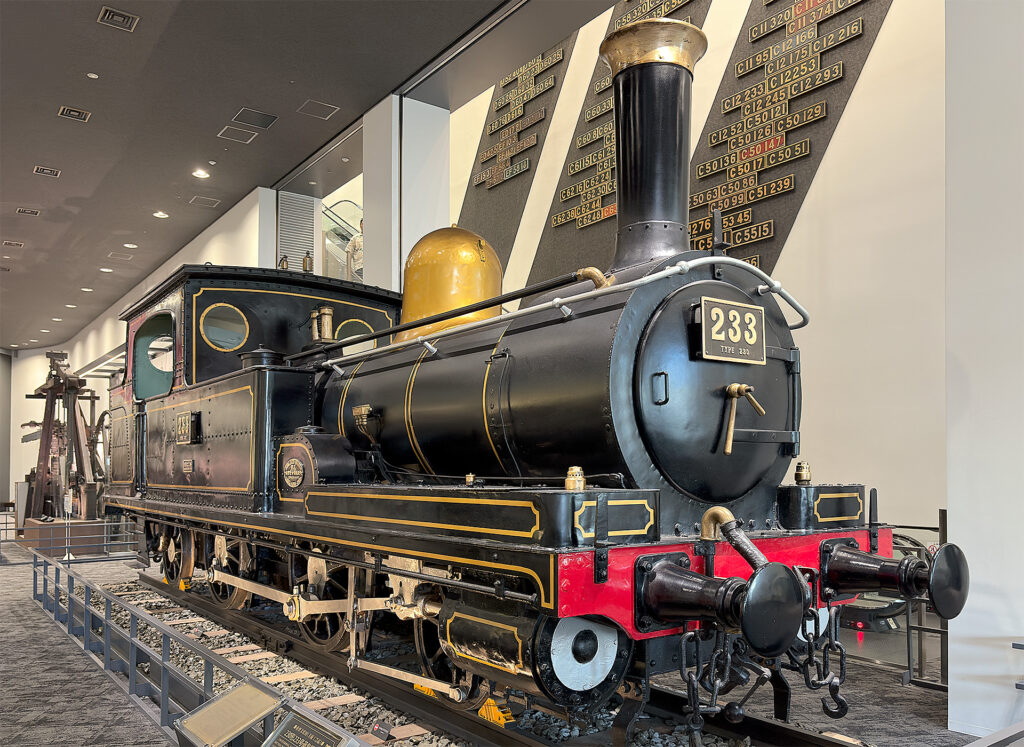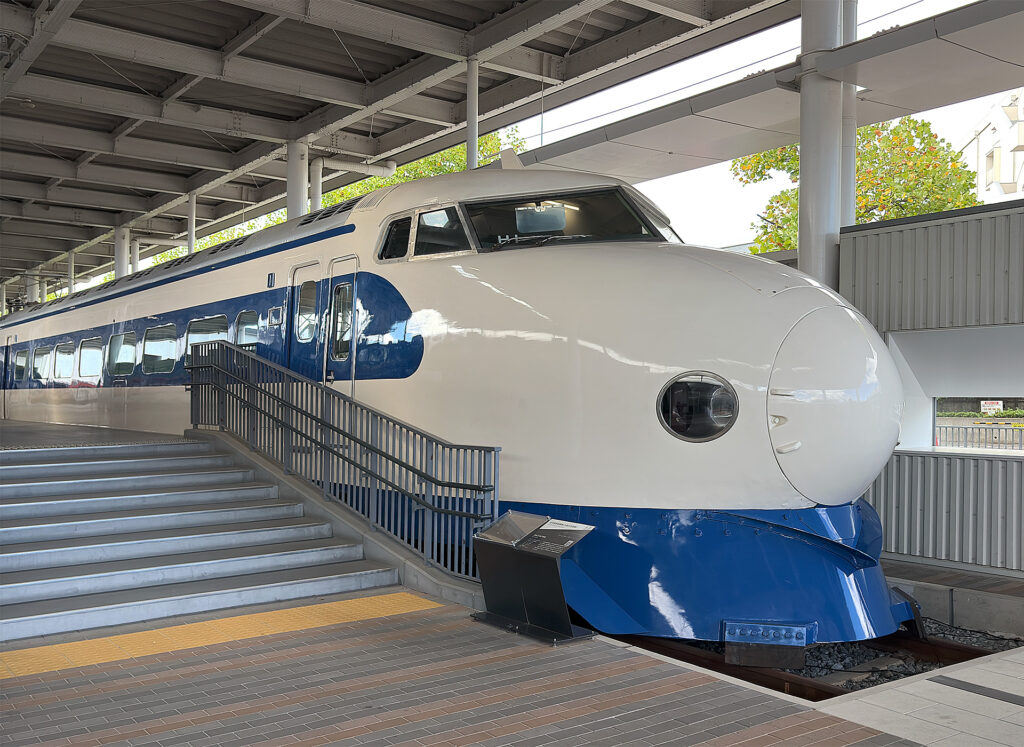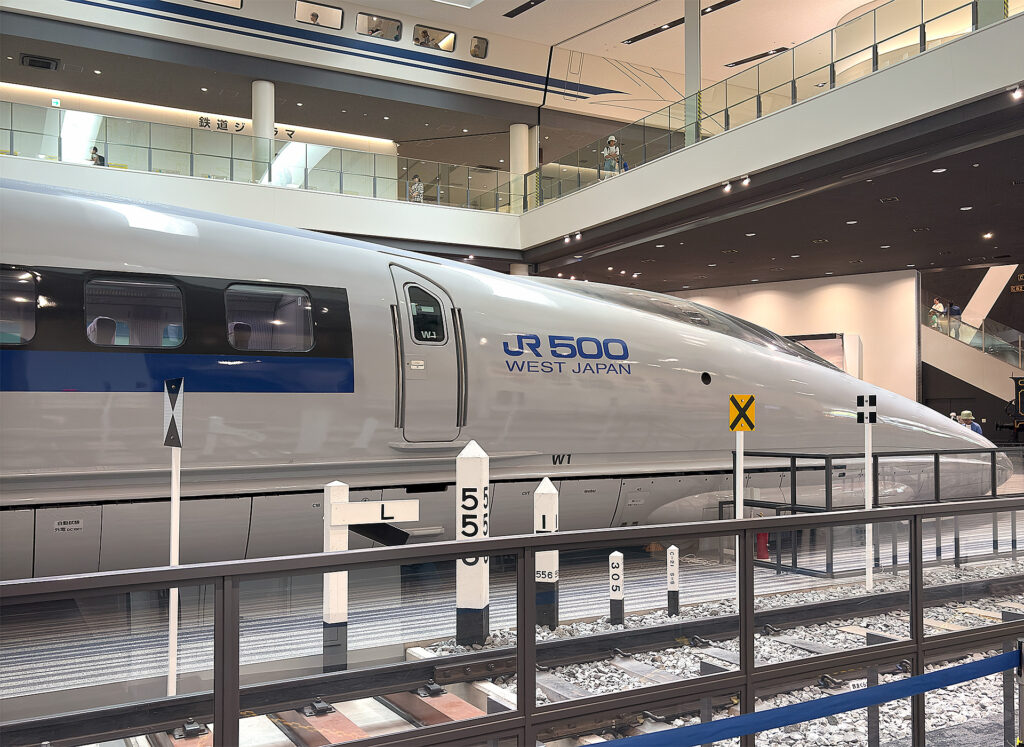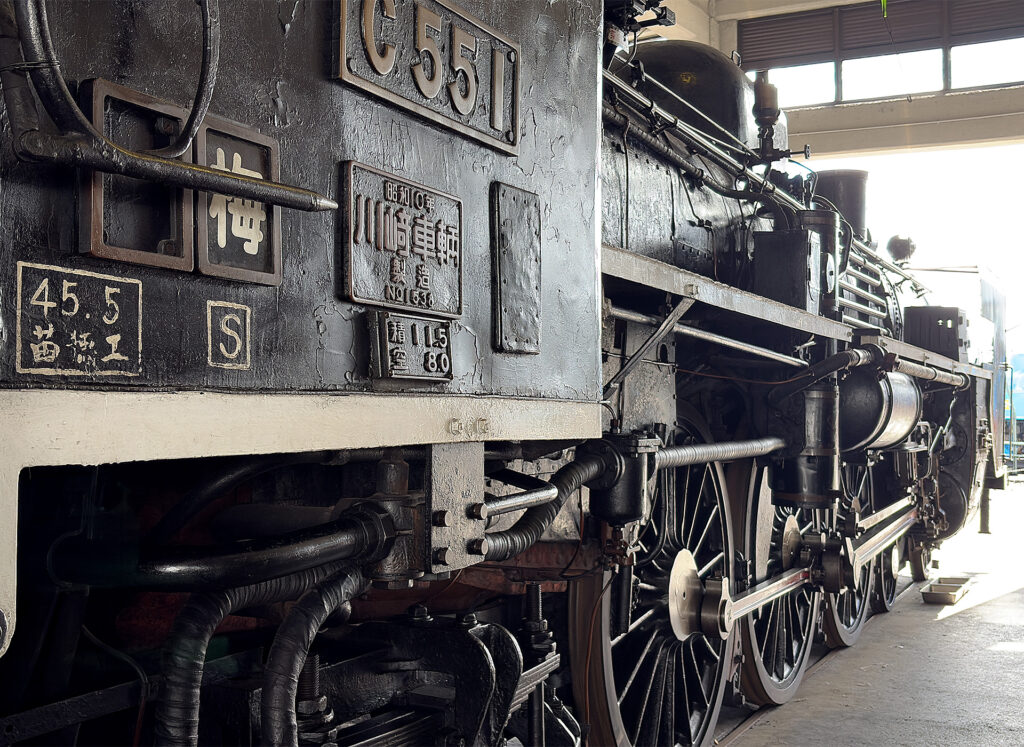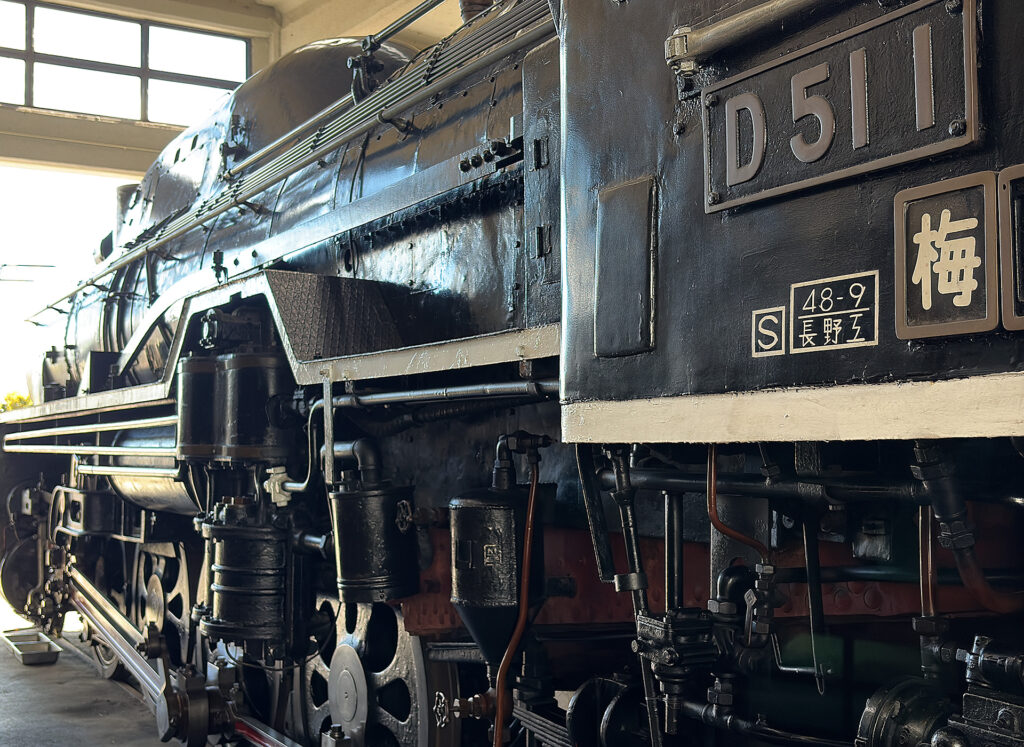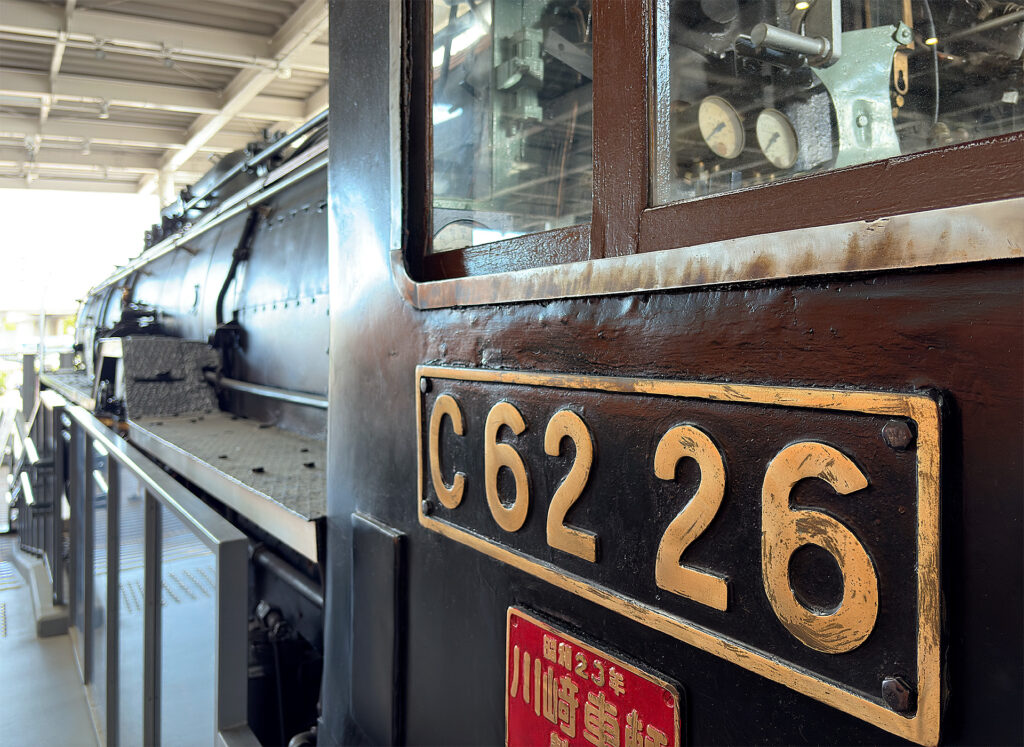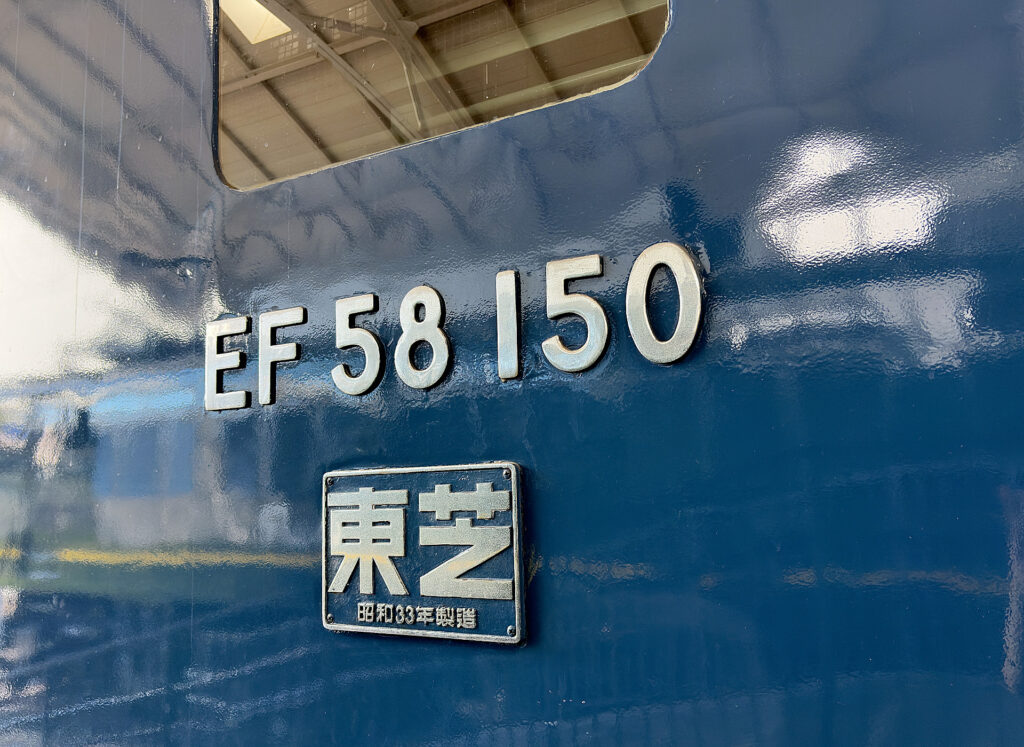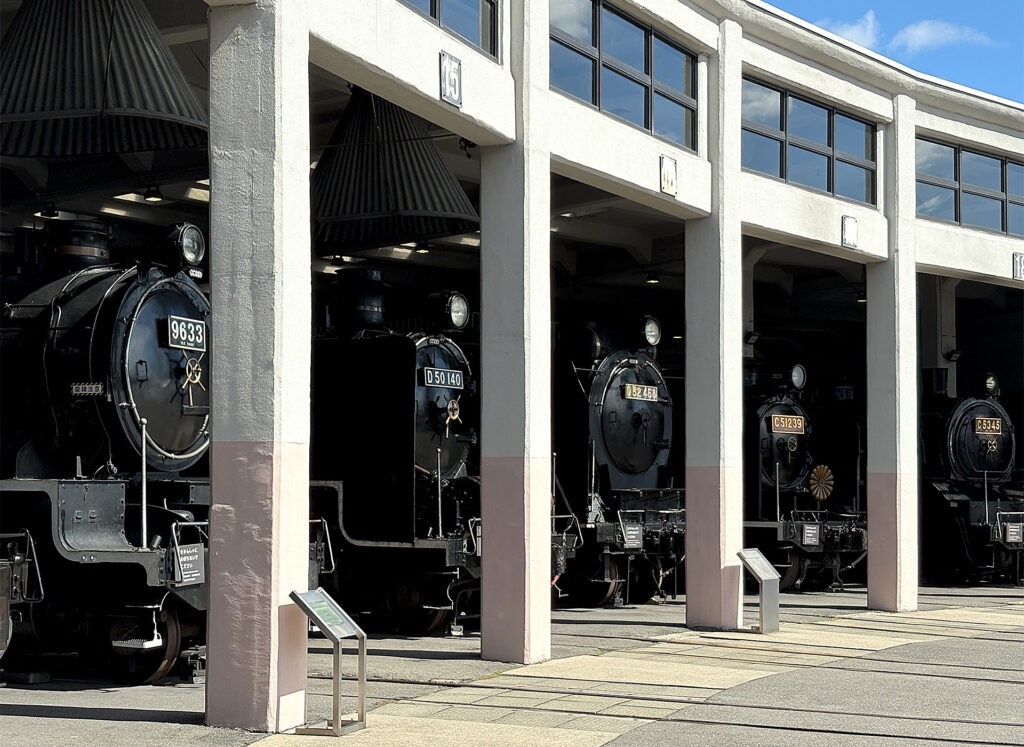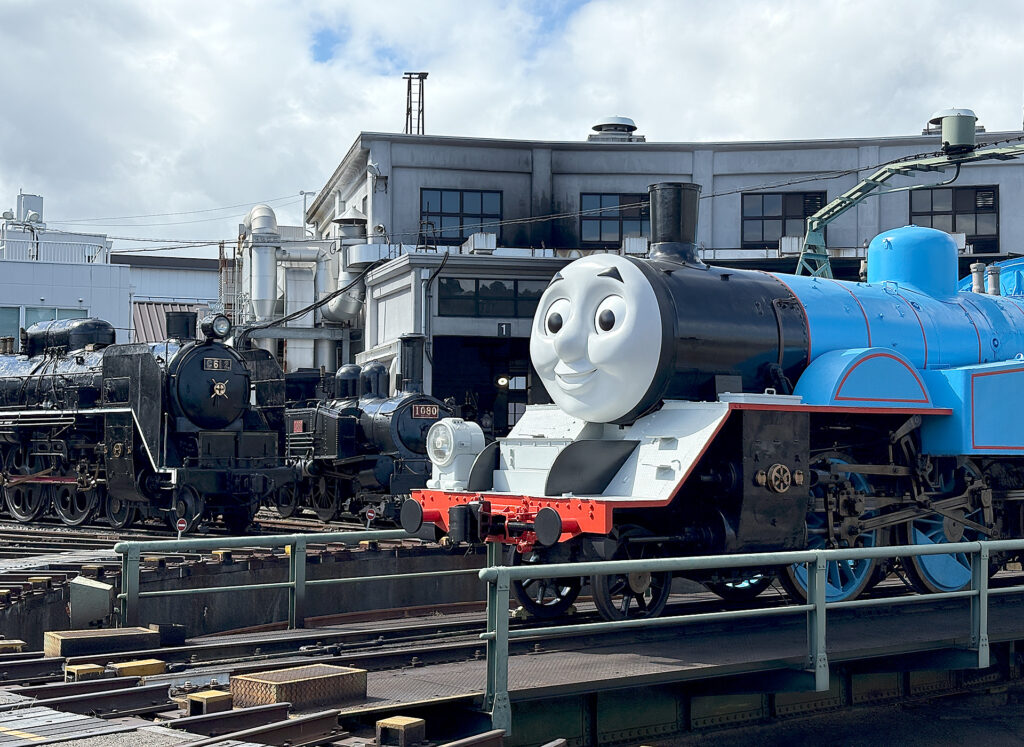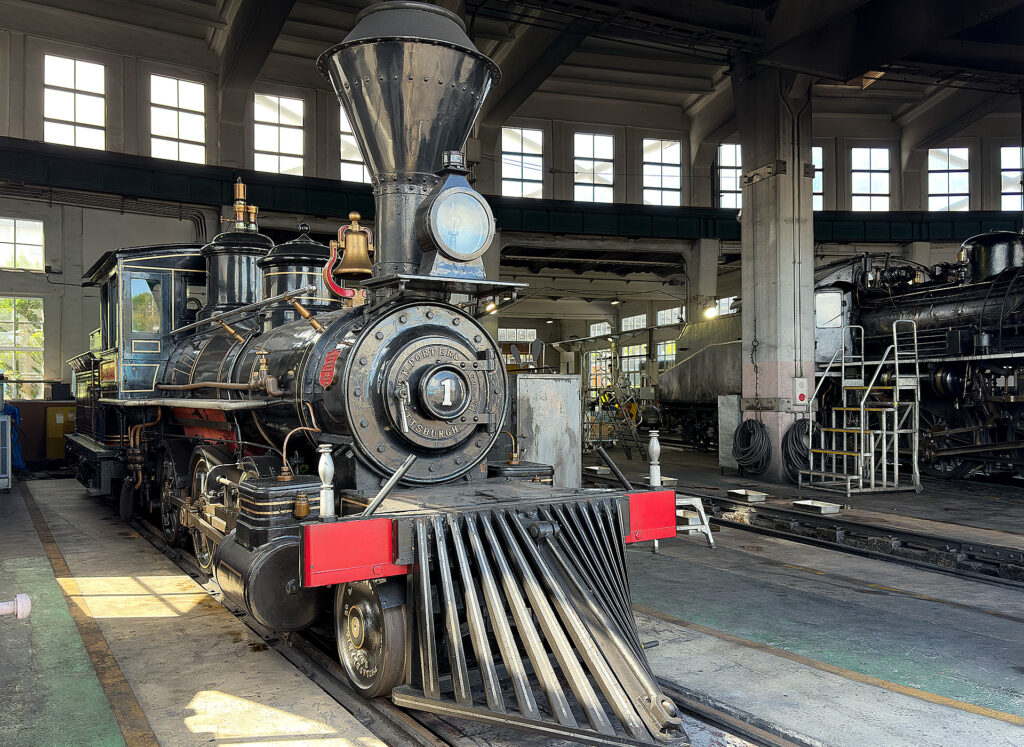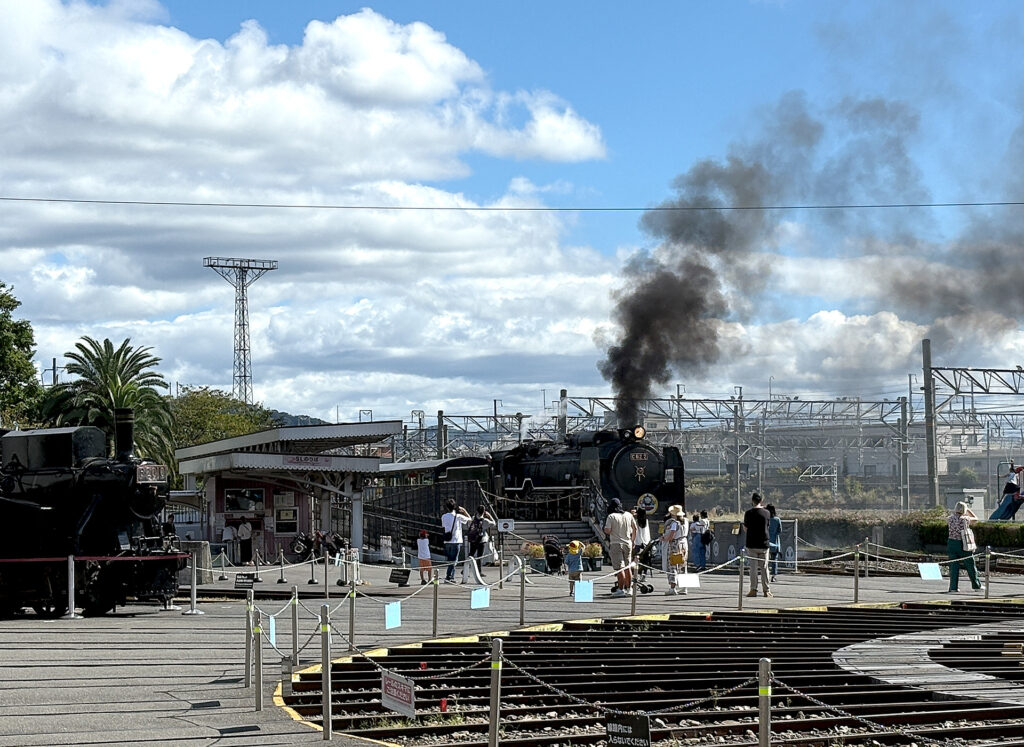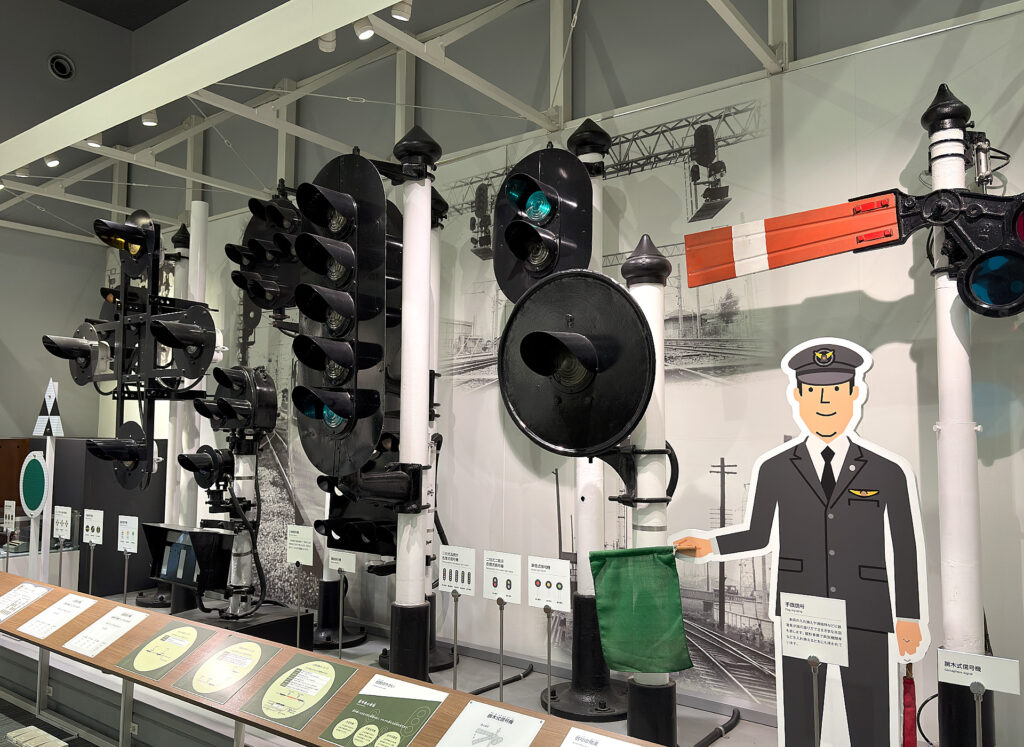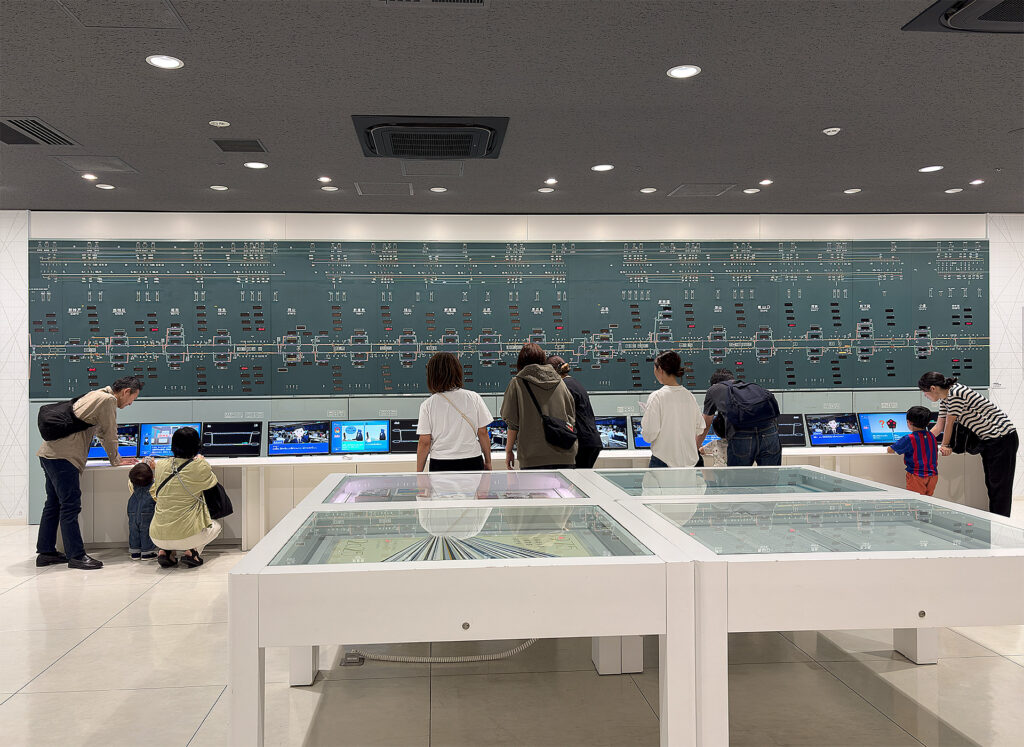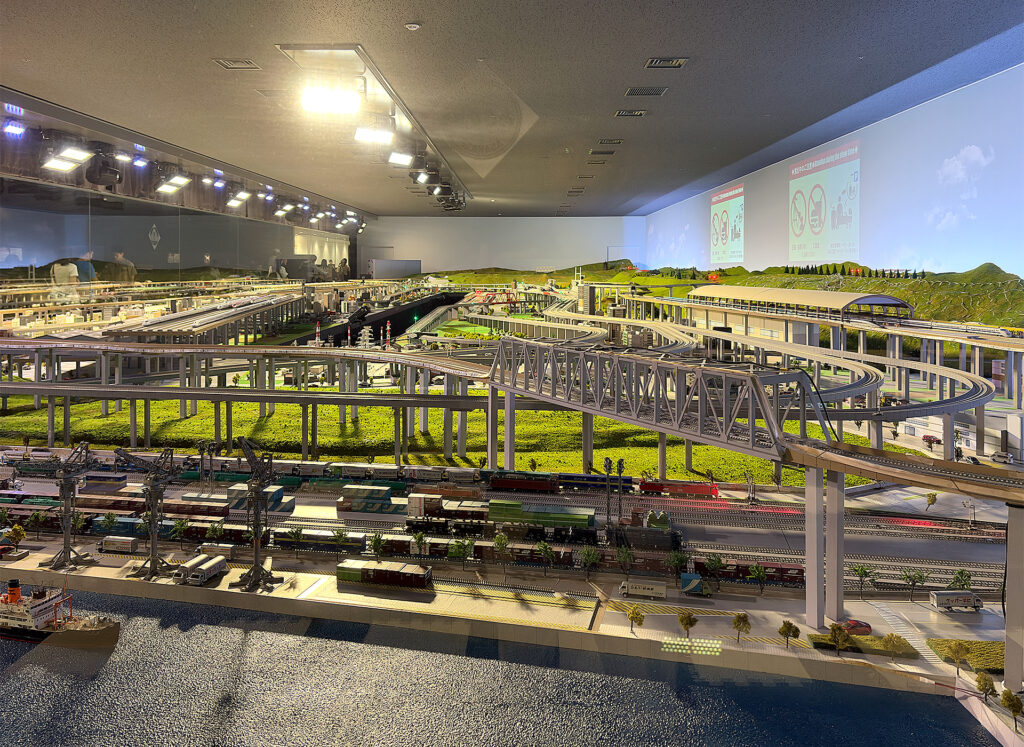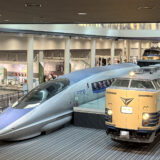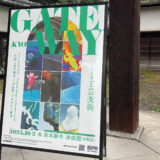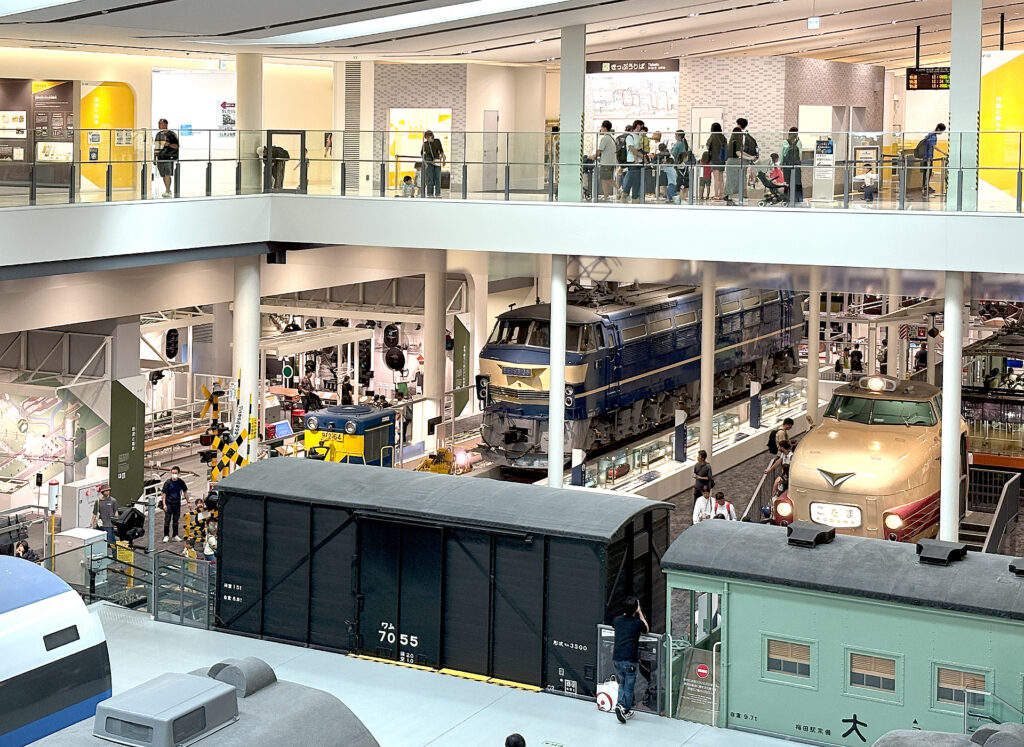
Introduction: A Journey Through Function and Beauty
Just west of Kyoto Station stands the Kyoto Railway Museum, a place where history, design, and innovation come together in harmony.
For those who love Kogei—Japanese craftsmanship—this museum offers a fascinating parallel: the pursuit of perfection through form and function.
Within the museum grounds, the Old Nijo Station Building, constructed in 1904, stands as a beautifully preserved example of Meiji-era architecture.
Once an active railway terminal, it now serves as a symbolic annex to the museum—reminding visitors that engineering in Japan has long embraced both utility and elegance.
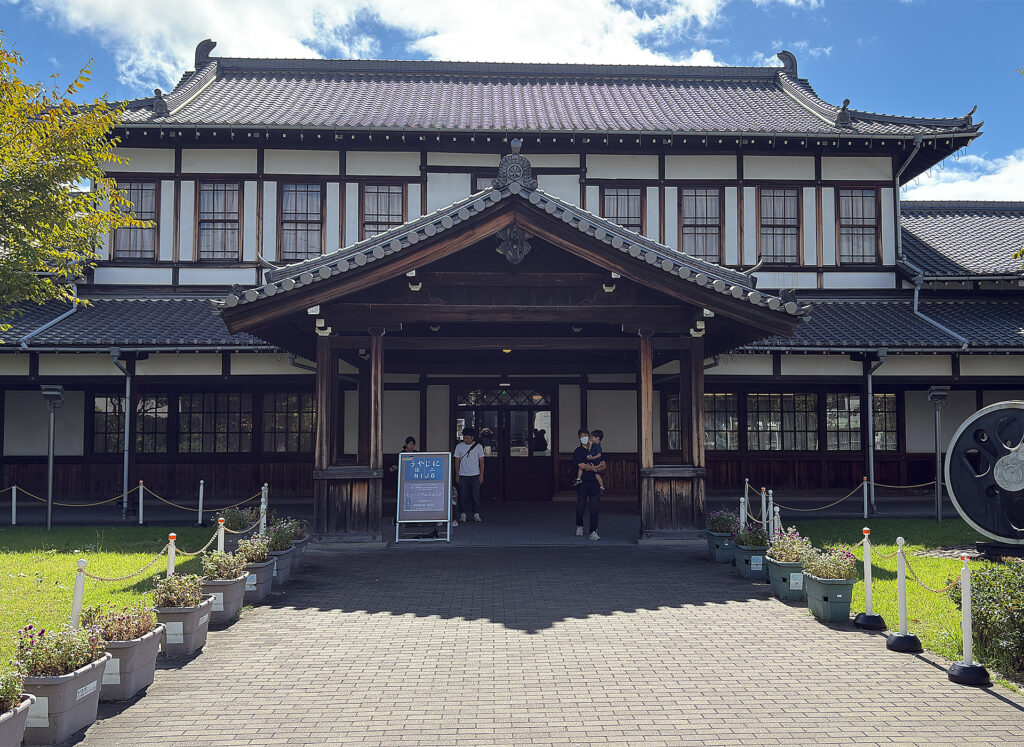
From Steam to Shinkansen — The Evolution of Form
Inside the museum, visitors can trace Japan’s remarkable journey from steam locomotives to high-speed trains.
From the elegant Type 233 Steam Engine with its gold detailing to the streamlined Shinkansen 0 and 500 Series, every curve and rivet tells a story of functional beauty.
The museum’s open exhibition spaces allow visitors to appreciate these trains not only as machines but also as objects of design.
The brass fittings, painted lines, and aerodynamic forms all reflect Japan’s distinctive aesthetic—a harmony of precision and poetry.
Craftsmanship in Steel — Industrial Kogei
The polished steel, hand-riveted joints, and intricate mechanisms of these locomotives reveal the artistry of engineers and craftsmen.
The D51, C55, and C62 locomotives embody an era when durability and design were inseparable.
Every plate, gauge, and gear reflects Japan’s mastery of materials.
Like Kyoto’s metalworkers or lacquer artisans, these engineers expressed beauty through precision and purpose—a true form of industrial Kogei.
The Roundhouse — Living Heritage of Steam
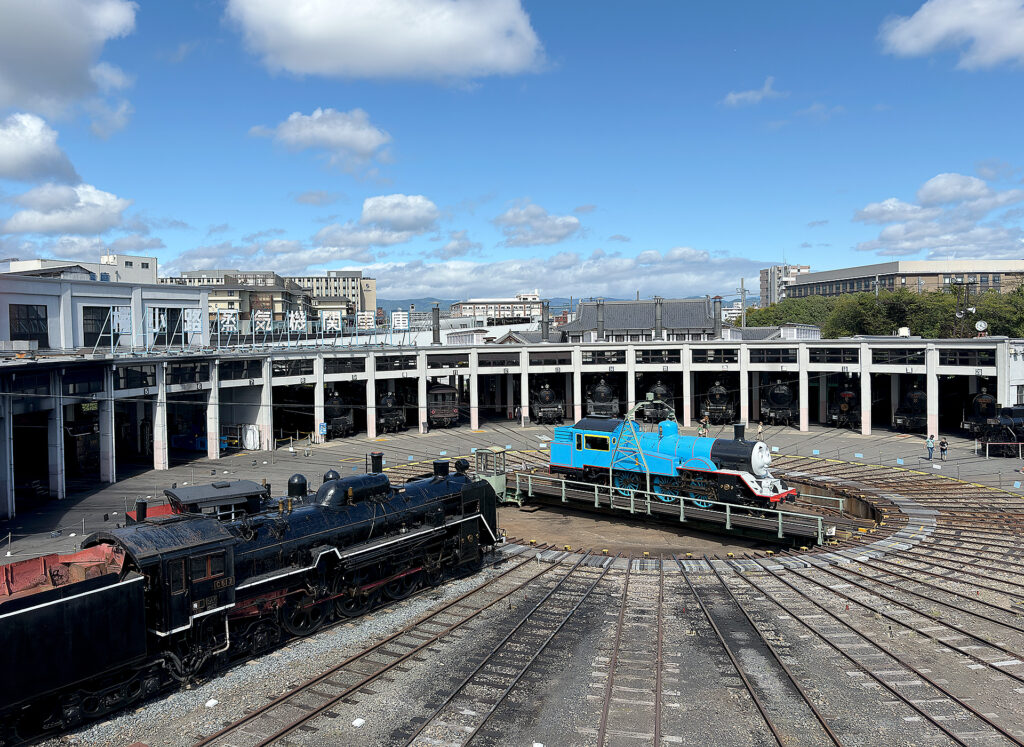
At the heart of the museum stands the Roundhouse, completed in 1914 and now designated as an Important Cultural Property of Japan.
Steam locomotives line up in semicircular harmony, surrounding a functioning turntable that still operates for demonstrations.
The rhythmic hiss of steam and the scent of coal evoke an age when machines seemed almost alive.
It’s a vivid reminder that movement itself can be art.
A Dialogue Between Technology and Design
The museum’s exhibits extend beyond the trains themselves—control panels, signal systems, and a massive railway diorama reveal the unseen beauty of coordination and precision.
The miniature world of railways mirrors the meticulous planning and artistry behind real transportation networks.
These displays highlight how technology and aesthetics coexist.
Each lever, light, and circuit embodies the Japanese concept of beauty through discipline.
Sky Deck View — Kyoto and the Shinkansen
From the rooftop terrace, visitors can watch the Shinkansen glide across the cityscape with the Five-Storied Pagoda of Toji Temple in the distance.
It’s a breathtaking dialogue between ancient Kyoto and modern engineering—tradition and technology moving in harmony.
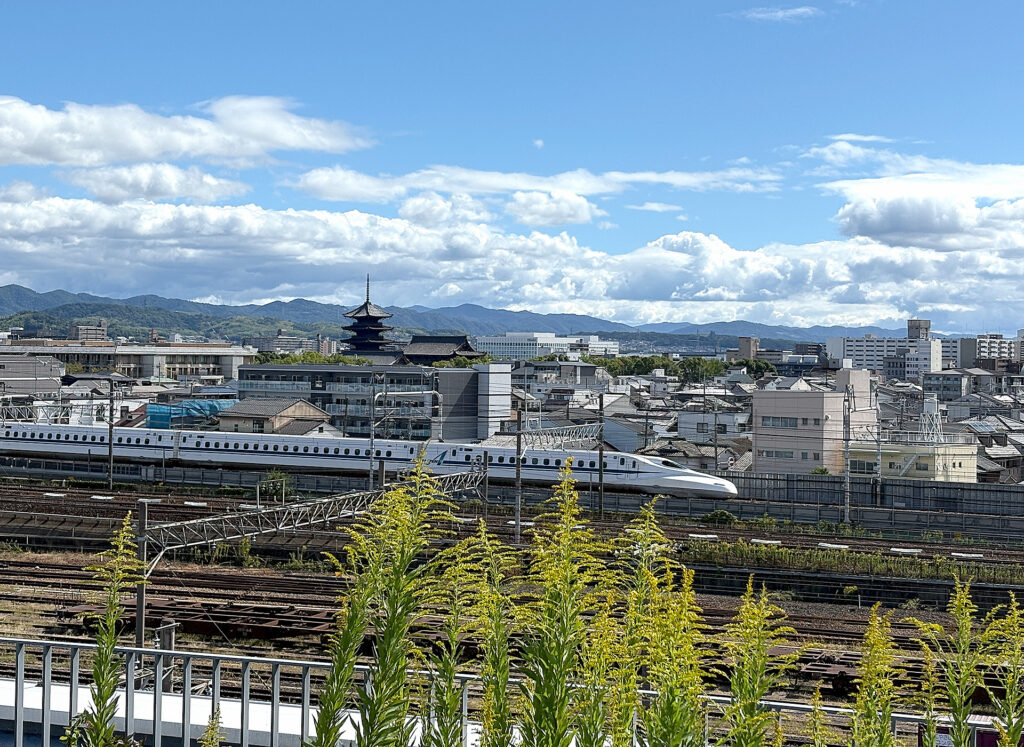
Visiting Information
Kyoto Railway Museum
| Address: | Kankijicho, Shimogyo-ku, Kyoto |
| Opening hours: | 10:00 a.m. to 5:00 p.m.(No admission after 4:30 p.m.) |
| Closed on: | Every Wednesday, Year-end through New-Year season (12/30 to 1/1), etc. * Open on holidays, spring break, summer break, etc. * Click here for museum calendar |
| Admission: | General admission (18 years and older): 1,500 yen University and high school students: 1,300 yen Junior high and elementary school students: 500 yen Children (3 years and older): 200 yen |
| English Information: | https://www.kyotorailwaymuseum.jp/en/ |
Closing Reflection
From the gleaming brass of early locomotives to the futuristic contours of the Shinkansen,
the Kyoto Railway Museum demonstrates that craftsmanship and innovation are two sides of the same art.
It’s a must-visit for anyone who wants to experience how beauty moves—in metal, motion, and mind.
